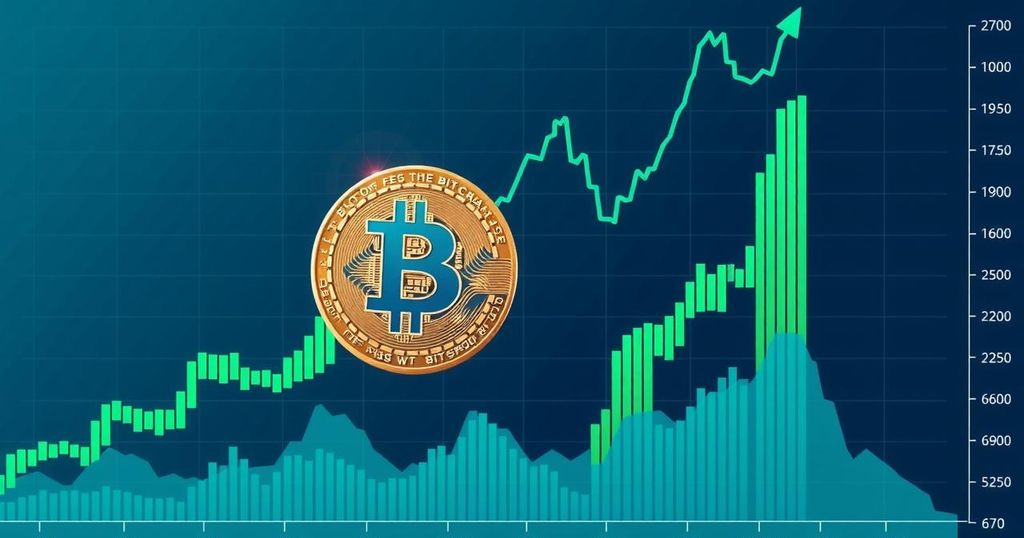Bitcoin Market Update: ETF Recovery and Legislative Developments
Bitcoin trades near $84K with slight recovery in ETF inflows of $76M following previous outflows. Oklahoma’s recent rejection of a Bitcoin reserve bill contrasts with progress in other states. VanEck’s proposed BitBonds may bridge traditional finance with crypto. Bitcoin shows stabilisation after earlier volatility with critical price thresholds being monitored for potential gains.
Bitcoin (BTC/USD) is currently priced at approximately $83,788, showing minimal movement with a weekly increase of 0.44% but a monthly decrease of 0.74%. Recent price fluctuations follow a macro-driven selloff, indicating a period of stabilisation in the market.
Spot Bitcoin exchange-traded funds (ETFs) have seen recovery signals after significant outflows last week, logging $76.4 million in inflows on Tuesday. Major contributions came from BlackRock’s IBIT ETF, which attracted $38.2 million. Nevertheless, total trading volume across the 12 ETFs fell to $1.6 billion from $2.2 billion the previous day. Analysts suggest revived interest in spot/futures arbitrage trades supports these inflows.
The Senate Revenue and Taxation Committee in Oklahoma recently voted 6-5 to reject House Bill 1203, aiming to establish a state Bitcoin reserve. This decision represents a setback for Bitcoin’s integration into state-level financial strategies. Nevertheless, momentum continues in other states, such as New Hampshire, Texas, and Arizona, where legislation facilitating Bitcoin reserves is under consideration.
Asset management firm VanEck has proposed a novel instrument termed BitBonds, designed to refinance an estimated $14 trillion of U.S. debt. This hybrid bond proposal suggests a 90% allocation to Treasuries coupled with a 10% allocation to Bitcoin, optimising returns if BTC exceeds a 4.5% annual growth.
Currently, Bitcoin is exhibiting range-bound behaviour after a failed attempt to breach the $86,000 threshold. Technical analysts are focusing on support levels around $83,000, with potential momentum driving prices towards retesting all-time highs above $91,000 should the $85,000–$86,000 range be reclaimed. Macroeconomic factors, including decreased Treasury yields and renewed ETF interest, appear to help mitigate downside pressure as Bitcoin seeks stability post-volatility.




Post Comment